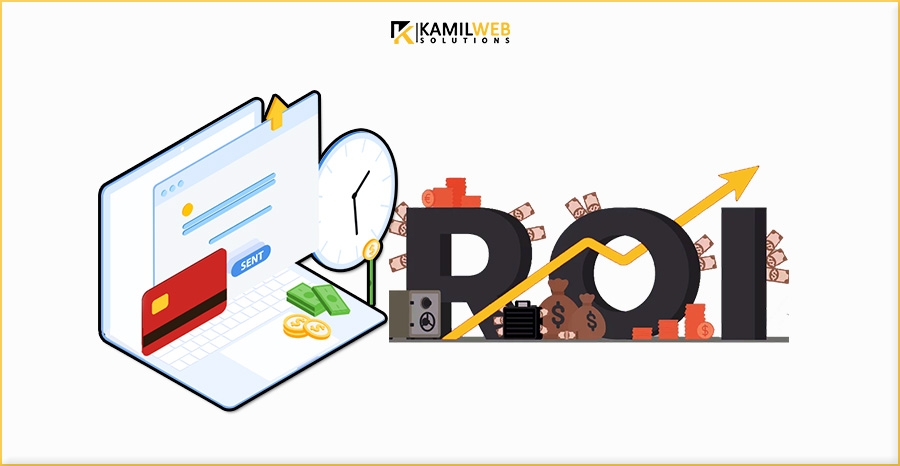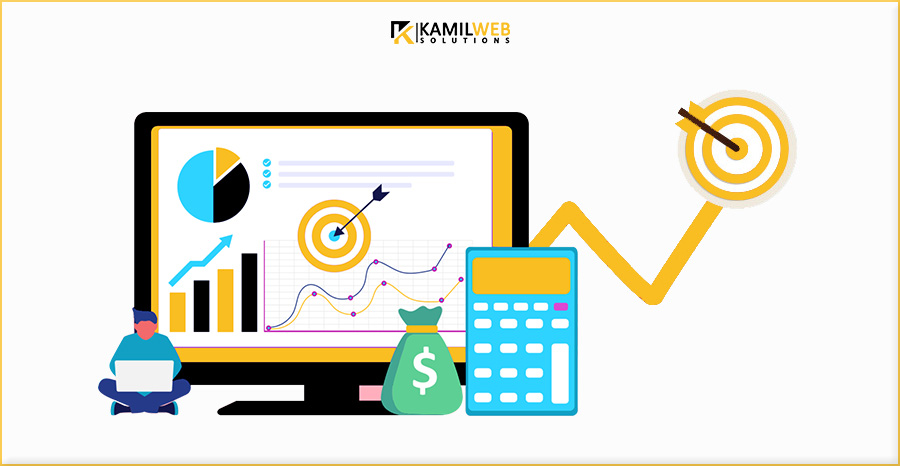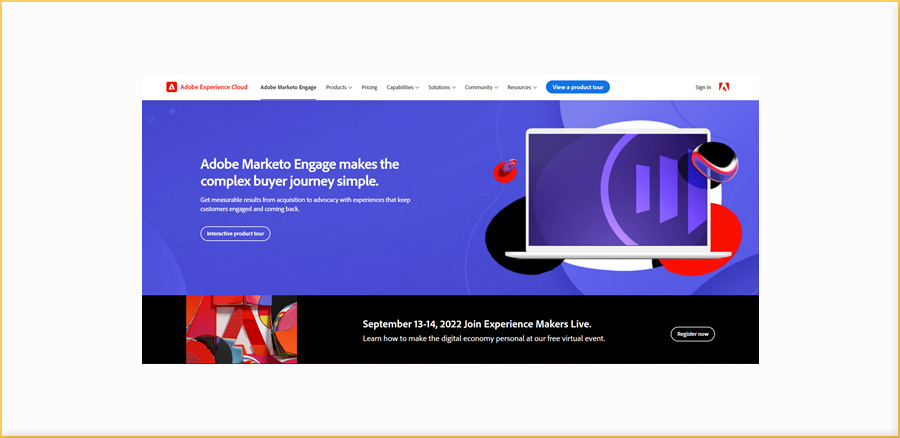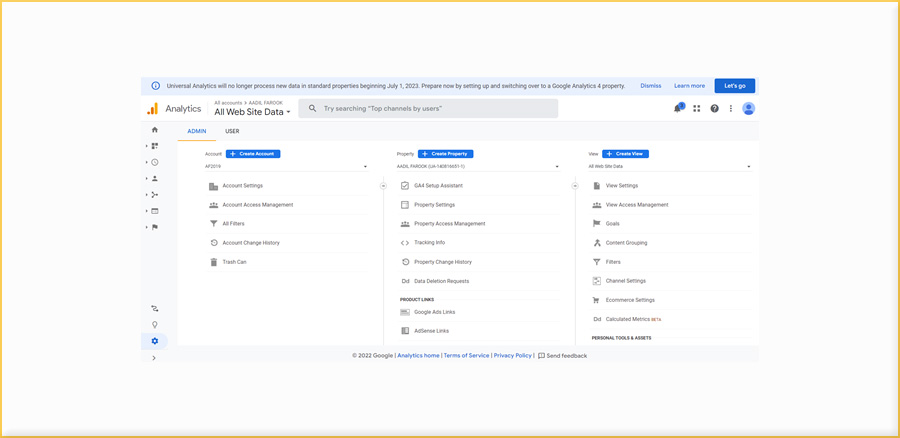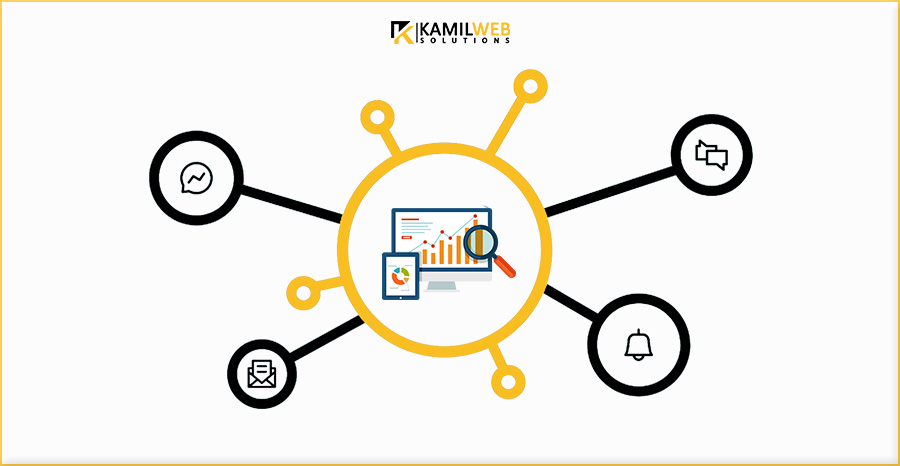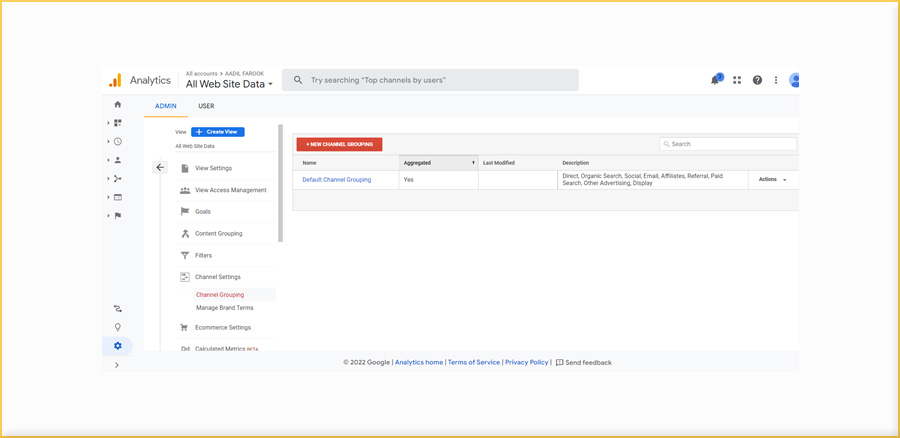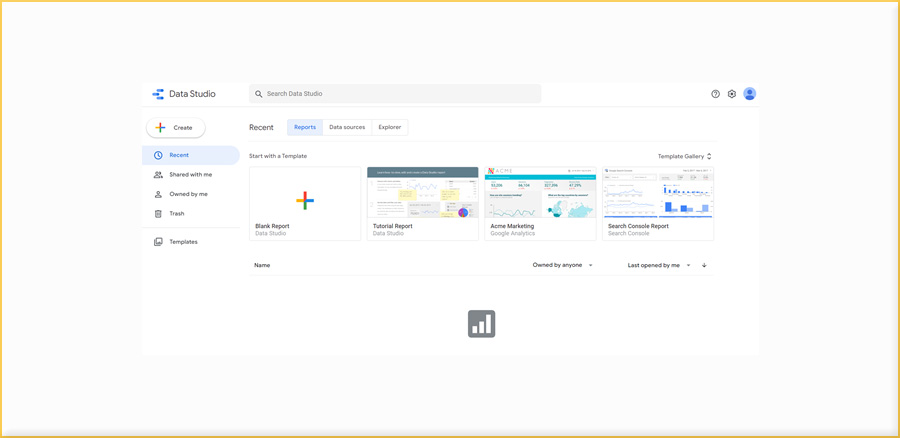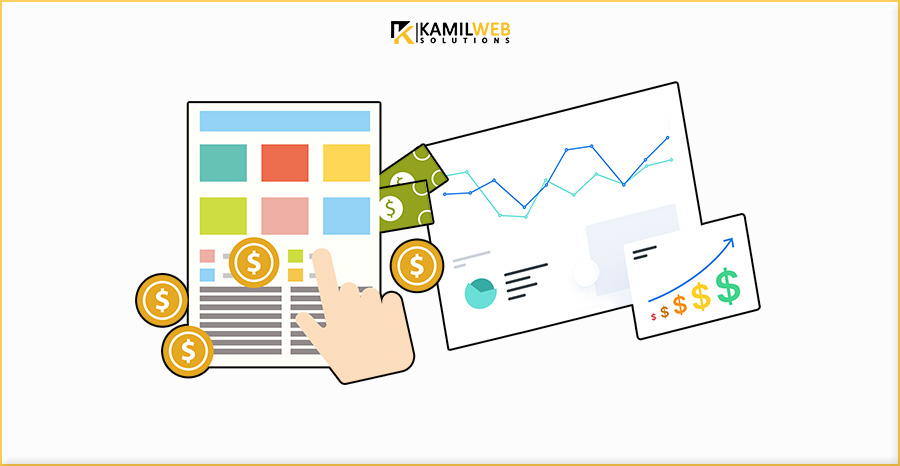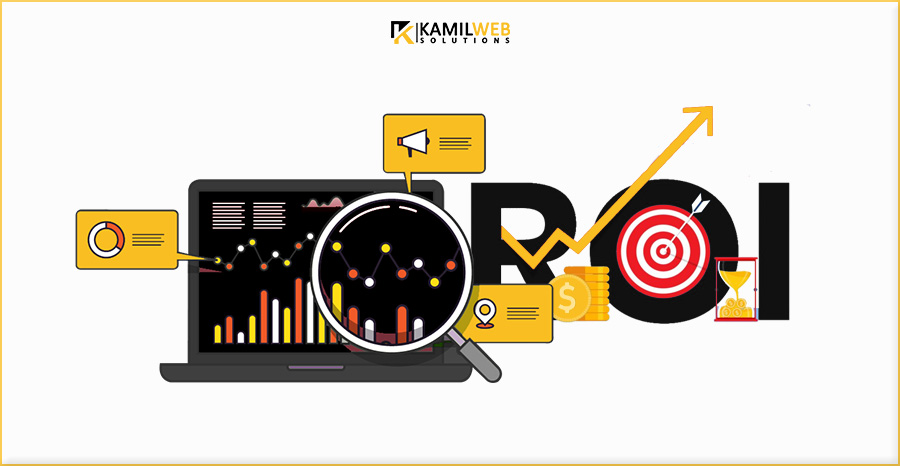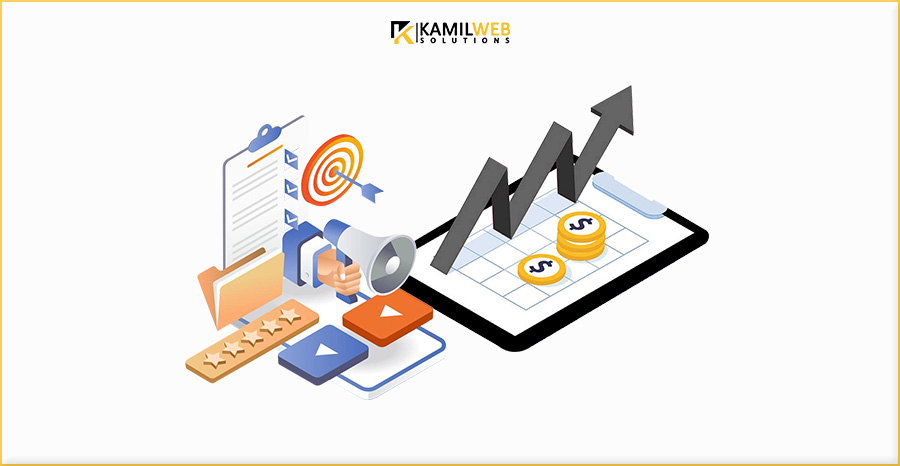+971-56-6256274
+971-56-6256274
A Complete Guide To ROI Driven Digital Marketing
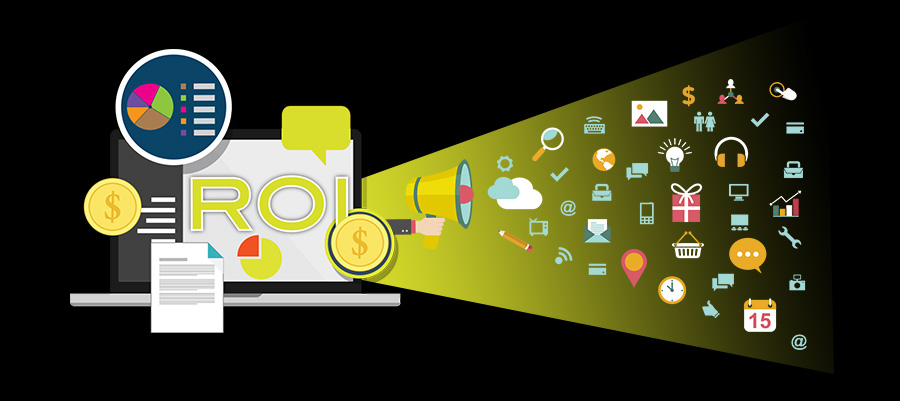
Digital marketing is all about driving ROI (return on investment). But what does that mean, and how can you make sure your digital marketing campaigns drive ROI? What are the best ROI strategies in digital marketing? How to calculate ROI in digital marketing? What are the benefits of ROI driven digital marketing?
What are the tools for ROI driven b2b digital marketing? Are you looking for the top ROI focused digital marketing agency?
Before we answer all these burning questions, first, let us cover the basics.
What Is ROI In Digital Marketing?
ROI, or return on investment, is a key metric in digital marketing. It measures the profitability of a digital marketing campaign by comparing the revenues generated to the costs incurred. A high ROI means that a campaign generates more revenue than it costs to run, while a low ROI indicates that it is not performing as well as it could be.
Why Measure ROI In Digital Marketing?
Digital marketing is an essential part of any business’s marketing strategy, but it cannot be easy to justify spending without being able to measure the return on investment (ROI). That’s why measuring ROI in digital marketing is so important.
By understanding how your digital marketing campaigns perform, you can make informed decisions about where to allocate your resources for the best ROI digital marketing campaign.
What Tools Should Be Used To Track Digital Marketing ROI?
There are several different tools that you can use to track ROI driven digital marketing. Here are some of the most popular:
- Google Analytics: Google Analytics is a free tool that allows you to track your website traffic and conversions. You can use it to see which marketing channels drive the most traffic and sales to your site and how effectively your campaigns convert visitors into customers.
- Adobe Analytics: Adobe Analytics is a paid tool that provides more advanced tracking and reporting than Google Analytics. It can track your website’s online and offline marketing campaigns and customer behavior.
- HubSpot: HubSpot is an all-in-one marketing platform that includes a CRM, website builder, and tools for email marketing, social media, and SEO. It offers a free version and a paid version with more advanced features. You can track your website traffic, leads, and customers using HubSpot.
- Salesforce: Salesforce is a CRM tool that can track customer data, sales, and marketing campaigns. It offers a free trial and a paid subscription with more features.
- Marketo: Marketo is a marketing automation tool that helps you automate your marketing campaigns and track their performance. It offers a free trial and a paid subscription with more features.
How To Use Google Analytics & Other Tools For ROI Driven Digital Marketing
Here are five useful tips to help you use these tools for the best output.
Create Custom Goals In Google Analytics
Google Analytics gives you a lot of insights into your website’s traffic and performance. However, you must set custom goals to get the most out of it. Goals allow you to track specific conversions on your websites, such as sign-ups, purchases, or downloads.
Without goals, you know how many people are coming to your site, but not what they’re doing when they get there. Creating goals is relatively simple. First, log in to your Google Analytics account and click on “Admin” in the left-hand sidebar. Then, select the property (website) you want to set goals for and click on “Goals” under the “View” column.
On the next page, you’ll see a list of pre-defined goals you can use, or you can create a custom goal by clicking on “+ NEW GOAL.” You’ll be asked to select a goal type if you create a custom goal. The most common types are “Destination,” “Duration,” and “Pages/Screens per Session.”
Destination Goals: A destination goal is triggered when a user arrives at a specific page on your website. It could be a thank-you page after they fill out a form or the page where they make a purchase. To set up a destination goal, select “Destination” as the goal type and enter the URL of the thank-you page or confirmation page.
You can also set a value for this goal, which will be used to calculate your ROI. Learn more about ROI driven digital marketing.
Duration Goals: A duration goal is triggered when a user spends a certain amount of time on your website. It could be useful to track how engaged users are with your content. To set up a duration goal, select “Duration” as the goal type and enter the length of time you want users to spend on your site. Again, you can assign a value to this goal.
Pages/Screens per Session Goals: A page/screens per session goal is triggered when a user views a certain number of pages or screens on your website. It could be useful for measuring how many content users consume on your site.
To set up pages/screens per session goal, select “Pages/Screens per Session” as the goal type and enter the number of pages or screens you want users to view. You can also assign a value to this goal. Once you’ve selected a goal type, you’ll be asked to give your goal a name and description. These are for internal use only, so feel free to get creative.
Finally, you have the option to set a goal value. It is the monetary value of a conversion, and it’s used to calculate your ROI. If you’re unsure what value to assign, you can leave this field blank, and Google Analytics will automatically assign a value based on historical data. Once you’ve filled out all the fields, click “Save,” and your goal will be created.
Read more on ROI driven digital marketing.
Account For Multiple Touchpoints
The average customer interacts with a brand multiple times before making a purchase. In fact, according to Google, the average customer has 11 touchpoints with a brand before converting. If you’re only tracking last-click conversions, you’re likely missing a lot of data.
To get a more accurate picture of your ROI, you need to account for all the touchpoints that lead to a conversion. It can be done in Google Analytics by setting up custom channel groupings. Custom channel groupings allow you to group similar channels, such as organic search and paid search, or email and social media.
This way, you can see which channels drive the most conversions and adjust your marketing strategy accordingly. To set up custom channel groupings, log in to your Google Analytics account and click on “Admin” in the left-hand sidebar.
Further Instructions
Then, select the property (website) you want to set up custom channel groupings for and click on “Channel Settings” under the “View” column. You’ll see a list of default channel groupings on the next page. These are the most common types of channels, but you can also create a custom channel grouping by clicking on “+ NEW CHANNEL GROUPING.”
Give your channel grouping a name and description, then start adding channels. Click on the plus sign next to the channel name to add a channel. You can also give each channel a weight, which will be used to calculate your ROI. Once you’ve added all the channels you want to track, click “Save,” and your custom channel grouping will be created.
Let us further discuss ROI driven digital marketing.
Invest In Call Tracking Software
To have a clear picture of your ROI, you need to track all the phone calls that come into your business. It can be done with call tracking software, which assigns a unique phone number to each marketing campaign.
When a customer calls this number, the call is routed to your main phone line, and the software records important data, such as the caller’s name, number, location, and the marketing campaign they called from. This data is then stored in a central database, where you can access it anytime.
There are a variety of call tracking software providers on the market, so take some time to compare your options and choose the one that best meets your needs.
Use UTM Parameters
UTM parameters are code snippets you can add to the end of a URL. When someone clicks on a link with UTM parameters, those parameters are sent to Google Analytics and used to track the traffic source. It is useful for understanding where your traffic is coming from and what type of content is resonating with your audience.
It can also help identify which channels are driving the most conversions. Using the Google Analytics URL Builder to create UTM parameters would be best. This tool allows you to create custom URLs with UTM parameters for any link, whether it’s on your website or another site.
To use the URL builder, go to the Google Analytics website and click on “URL Builder” under the “Resources” section. On the next page, you’ll be asked to enter the URL of the page you want to link to and some other information about the link. The first field is “Source,” which is used to identify the channel the traffic is coming from.
More Instructions on ROI driven digital marketing
For example, if you share a link on social media, you would enter “social” as the source. The next field is “Medium,” which is used to identify the specific platform the link was shared on. For example, if you’re sharing a link on Twitter, you would enter “Twitter” as the medium.
The last field is “Campaign,” which is used to identify the targeted campaign with which the link is associated. It could be a promotional campaign, such as a “spring sale,” or a brand awareness campaign, such as a “new product launch.”
Once you’ve entered all the information about the link, click “Generate URL,” and your custom URL with UTM parameters will be generated.
Build Dashboards To Track Strategy Performance
A dashboard is a visual display of your data that lets you see how well your marketing strategy is performing. There are a variety of software platforms that allow you to create custom dashboards, such as Google Data Studio and Klipfolio. Dashboards can track KPIs, such as website traffic, conversion rate, cost per lead, and ROI.
To create a dashboard, you need to decide which KPIs you want to track and choose a software platform that supports those KPIs. Once you’ve chosen a platform, you’ll be able to create a custom dashboard with the specific charts and graphs you want to include.
What Digital Marketing ROI Metrics Should I Track To Calculate Return On Investment?
Here are the useful metrics to be considered if you want to analyze your ROI driven digital marketing campaign.
Cost Per Lead (CPL)
The cost of acquiring a new lead through your marketing activities is divided by the number of leads generated. It will give you an insight into how much each lead costs you on average.
Cost Per Acquisition (CPA)
This metric is similar to CPL but measures the cost of acquiring a new customer rather than just a lead. In other words, it looks at the entire journey from initial contact to conversion.
Customer Lifetime Value (LTV)
It measures the total value of a customer to your business throughout their relationship with you. LTV can calculate ROI because it considers the cost of acquiring a customer and their revenue over time.
Lead Close Rate
The close lead rate is the percentage of successfully converted leads into customers. This metric can measure the effectiveness of your marketing activities in generating new business.
Average Order Value (AOV)
This metric measures customers’ average amount when they purchase your business. A higher AOV means that your marketing efforts successfully drive higher value sales.
Click-Through Rate (CTR)
It is the number of people who click on a link to your website or landing page, divided by the total number of people who see the link. CTR is a good metric to track if you want to measure the success of your marketing in driving traffic to your website.
How To Measure Digital Marketing ROI For Different Strategies
Let us take a look at some effective strategies and how to analyze your ROI driven digital marketing campaign on each one of them.
PPC Advertising
To calculate the ROI of your PPC campaigns, you first need to track the following metrics:
Cost per click (CPC) – this is how much you are paying for each click on your ad.
Click-through rate (CTR) – This is the percentage of people who see your ad and then click on it.
Conversion rate – this is the percentage of people who click on your ad and then go on to complete the desired action, such as making a purchase or signing up for a newsletter.
Once you have these metrics, you can calculate your ROI using the following formula:
(Revenue – Cost) / Cost x 100 = ROI%
For example, if you spend $100 on PPC ads, generating $500 in revenue, your ROI would be 400%.
Content Marketing
To calculate the ROI of your content marketing campaigns, you need to track the following metrics:
The number of leads generated is the number of people who have become interested in your product or service after reading your content.
The cost per lead is what you spend on creating and promoting your content.
Conversion rate – this is the percentage of leads completing the desired action.
Once you have these metrics, you can calculate your ROI using the following formula:
(Revenue – Cost) / Cost x 100 = ROI%
For example, if you spend $100 on content marketing, generating $500 in revenue, your ROI would be 400%.
Let us dig deeper into ROI driven digital marketing.
Social Media Marketing
To calculate the ROI of your social media campaigns, you need to track the following metrics:
Reach – this is the number of people who have seen your content
Engagement – this is the number of people who have interacted with your content, such as liking, commenting, or sharing it
Conversion rate – this is the percentage of people who see your content and then go on to complete the desired action.
Once you have these metrics, you can calculate your ROI using the following formula:
(Revenue – Cost) / Cost x 100 = ROI%
For example, if you spend $100 on social media marketing, generating $500 in revenue, your ROI would be 400%.
Email Marketing
To calculate the ROI of your email marketing campaigns, you need to track the following metrics:
The number of email subscribers is the number of people who have signed up to receive your emails.
Open rate – this is the percentage of people who open your emails
Click-through rate – this is the percentage of people who click on a link in your email
Conversion rate is the percentage of people who click on a link in your email and then complete the desired action.
Once you have these metrics, you can calculate your ROI using the following formula:
(Revenue – Cost) / Cost x 100 = ROI%
For example, if you spend $100 on email marketing, generating $500 in revenue, your ROI would be 400%.
Let us further explore ROI driven digital marketing.
SEO
To calculate the ROI of your SEO campaigns, you need to track the following metrics:
Organic traffic – this is the number of people who visit your website as a result of seeing it in a search engine.
Conversion rate is the percentage of people who click on a link in your email and then complete the desired action.
Once you have these metrics, you can calculate your ROI using the following formula:
(Revenue – Cost) / Cost x 100 = ROI%
For example, if you spend $100 on SEO, generating $500 in revenue, your ROI would be 400%.
What Is A Good ROI For Digital Marketing?
The simple answer is: there’s no such thing. A better way to think about it is this: what’s a good return on investment (ROI) for your specific situation? That’s because the ROI of digital marketing depends on many factors, including your industry, business model, target market, and more. In other words, there’s no one-size-fits-all answer.
But that doesn’t mean you can’t calculate your digital marketing ROI. It would be best if you did it.
Calculating your ROI will help you understand which digital marketing activities are working and which ones aren’t. It, in turn, will allow you to make more informed decisions about where to invest your time and money.
How To Improve Digital Marketing ROI
Here are some beneficial tips to be incorporated if you want to improve your ROI driven digital marketing.
Use Data To Inform Decisions
Data should be at the heart of every digital marketing campaign. It can help you understand what’s working, what’s not, and where to focus your efforts to achieve the best results. Collect data from as many sources as possible, including web analytics, surveys, customer feedback, and social media.
Look for patterns and correlations that can give you insights into how different marketing activities impact ROI. Use those insights to decide where to allocate your resources for maximum effect. It is a part of digital marketing ROI in 2022.
Establish ROI Goals And KPIs
Before launching a digital marketing campaign, take some time to establish your goals and KPIs. What are you trying to achieve? How will you measure success? Be clear about what you want to accomplish, and ensure everyone involved in the campaign understands the goals.
It will help ensure that everyone is working towards the same objectives and can be held accountable for results.
Avoid Vanity Metrics
Getting caught up in vanity metrics that look good but don’t mean anything is easy. For example, your number of followers on social media doesn’t necessarily reflect your campaign’s success. Focusing on engagement metrics like the number of likes, comments, and shares your posts receive is more important.
Similarly, the number of clicks on a banner ad is less important than the number of people who take action after clicking (such as making a purchase or signing up for a newsletter). Focus on the metrics that matter most to your business and ignore the rest. Want to learn more about ROI driven digital marketing? Keep reading.
Test And Refine Your Campaigns
Digital marketing is an iterative process. You should always test and refine your campaigns to find what works best. Try different approaches and see how they impact your ROI. For example, you could test different copies, images, call-to-action, or offer types to see which generate the most interest and conversions.
You can also experiment with different channels and strategies to find the combination that produces the best results for your business. Make sure to track your results to see what’s working and isn’t. Then, adjust your campaigns accordingly.
Use Marketing Automation Tools
Marketing automation can help you save time and resources while delivering effective marketing campaigns. Several marketing automation tools are available, each with unique features and capabilities. Some popular options include HubSpot, Marketo, Pardot, and Mailchimp.
Choose the tool that best fits your needs and budget, and use it to automate repetitive tasks like email marketing, social media posting, lead nurturing, and more. It will free up your time to focus on more strategic tasks directly impacting ROI.
Now, you know how to develop ROI in digital marketing.
Conclusion
You can create an effective and efficient campaign by understanding the basics of ROI driven digital marketing. And by using the tips and tricks in this guide, you can ensure that your digital marketing efforts are working hard for your business.
You should hire Kamil Web Solutions, the best ROI digital marketing agency in UAE. Our top-notch services cover all the things discussed in this article.
